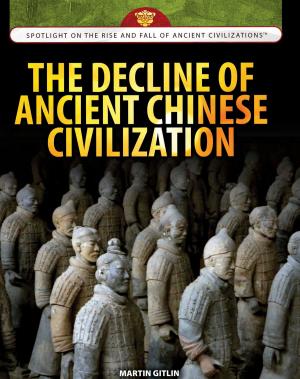| Author: | Chris Woodford | ISBN: | 9781448872114 |
| Publisher: | The Rosen Publishing Group, Inc | Publication: | July 15, 2012 |
| Imprint: | Rosen Central | Language: | English |
| Author: | Chris Woodford |
| ISBN: | 9781448872114 |
| Publisher: | The Rosen Publishing Group, Inc |
| Publication: | July 15, 2012 |
| Imprint: | Rosen Central |
| Language: | English |
Light fills our world with color and life. Without light, the world we are used to would not exist at all. Light aids in plant growth, plants then provide the food for animals to eat, thus beginning the food chain on Earth. In this way, light makes possible almost all of the life on our planet. Light is also increasingly important to people for other reasons. Modern telecommunications, including telephones and the Internet, rely on beams of laser light that shine through tiny fiber-optic cables. Light makes possible all manner of cutting-edge technology, from telemedicine to virtual reality, and from special effects to CD players. Scientists have spent great amounts of time over the centuries trying to understand light. Although early civilizations knew what light was and how to use it, the ancient Greeks and Romans were the first to try to find out how and why light worked as it did. Later scientists believed that light was a stream of particles; others thought it must be a train of waves. Eventually scientists realized that light is a form of radiation similar to radio waves and X-rays, and that it can be a wave and a particle at the same time. These discoveries led to the theory of quantum mechanics, which seeks to explain the world inside the atom. Meanwhile, attempts to measure the speed of light produced the world of relativity, where space and time behave in unexpected ways. The story of light is a tale of how some very different scientific theories gradually build on one another to give us a better understanding of the world. Eventually, through the work of many different scientists and over a long period of time, one theory stands out among all the others as the best explanation. In the case of light that process has taken more than 2,000 years. This book retells this epic trials and errors in vivid detail and with lavish photographs and illustrations. Supplemental content includes an activity spread, a substantial and highly detailed timeline, and a list of key people with mini-biographies.
Light fills our world with color and life. Without light, the world we are used to would not exist at all. Light aids in plant growth, plants then provide the food for animals to eat, thus beginning the food chain on Earth. In this way, light makes possible almost all of the life on our planet. Light is also increasingly important to people for other reasons. Modern telecommunications, including telephones and the Internet, rely on beams of laser light that shine through tiny fiber-optic cables. Light makes possible all manner of cutting-edge technology, from telemedicine to virtual reality, and from special effects to CD players. Scientists have spent great amounts of time over the centuries trying to understand light. Although early civilizations knew what light was and how to use it, the ancient Greeks and Romans were the first to try to find out how and why light worked as it did. Later scientists believed that light was a stream of particles; others thought it must be a train of waves. Eventually scientists realized that light is a form of radiation similar to radio waves and X-rays, and that it can be a wave and a particle at the same time. These discoveries led to the theory of quantum mechanics, which seeks to explain the world inside the atom. Meanwhile, attempts to measure the speed of light produced the world of relativity, where space and time behave in unexpected ways. The story of light is a tale of how some very different scientific theories gradually build on one another to give us a better understanding of the world. Eventually, through the work of many different scientists and over a long period of time, one theory stands out among all the others as the best explanation. In the case of light that process has taken more than 2,000 years. This book retells this epic trials and errors in vivid detail and with lavish photographs and illustrations. Supplemental content includes an activity spread, a substantial and highly detailed timeline, and a list of key people with mini-biographies.















